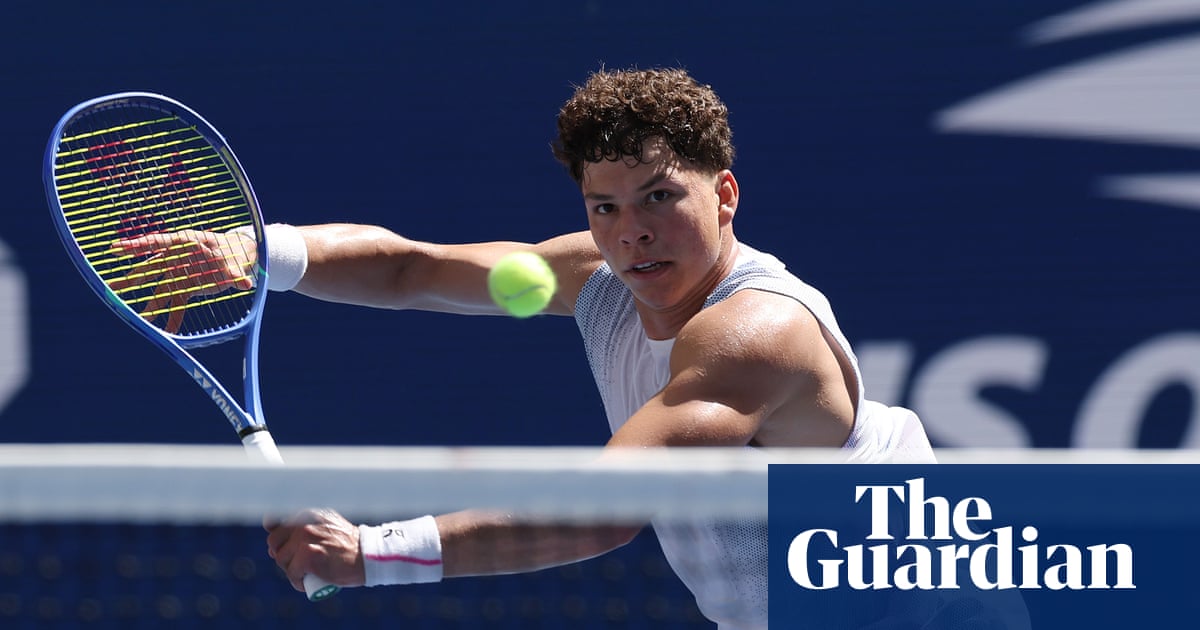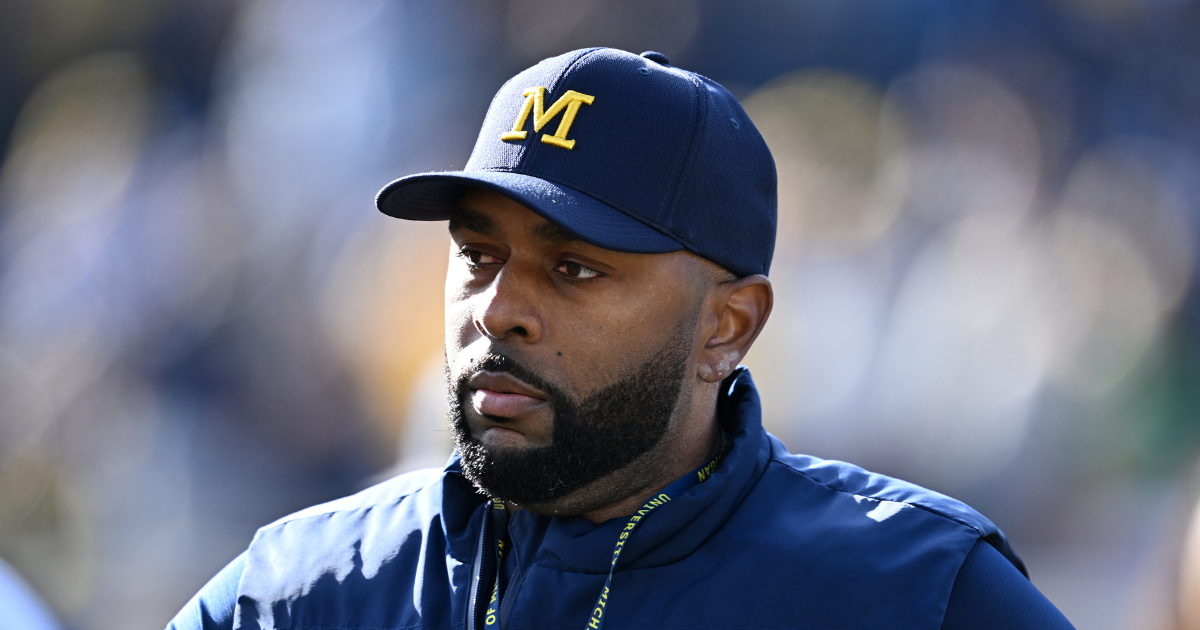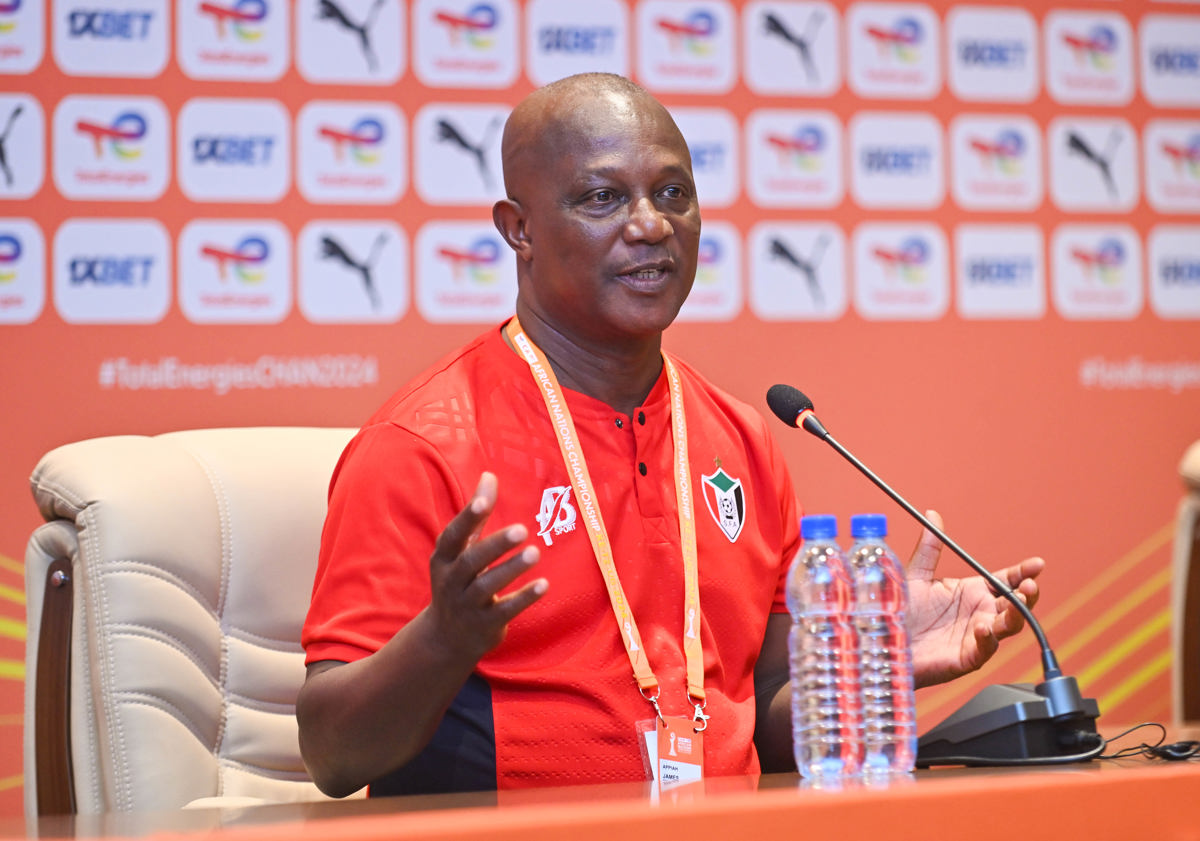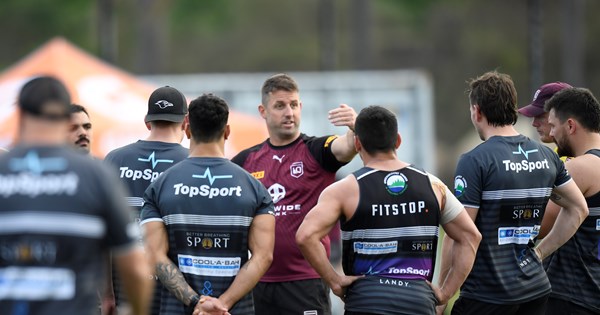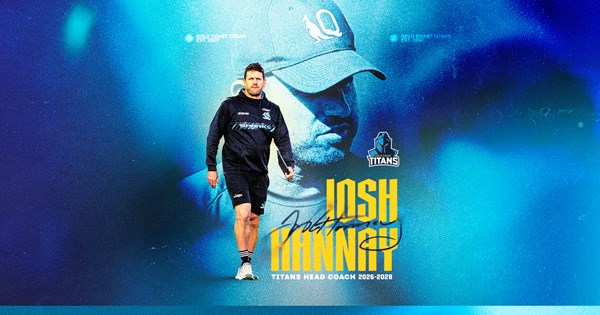Belinda Clark, Andrew Gaze elevated to legend status in Sport Australia Hall of Fame
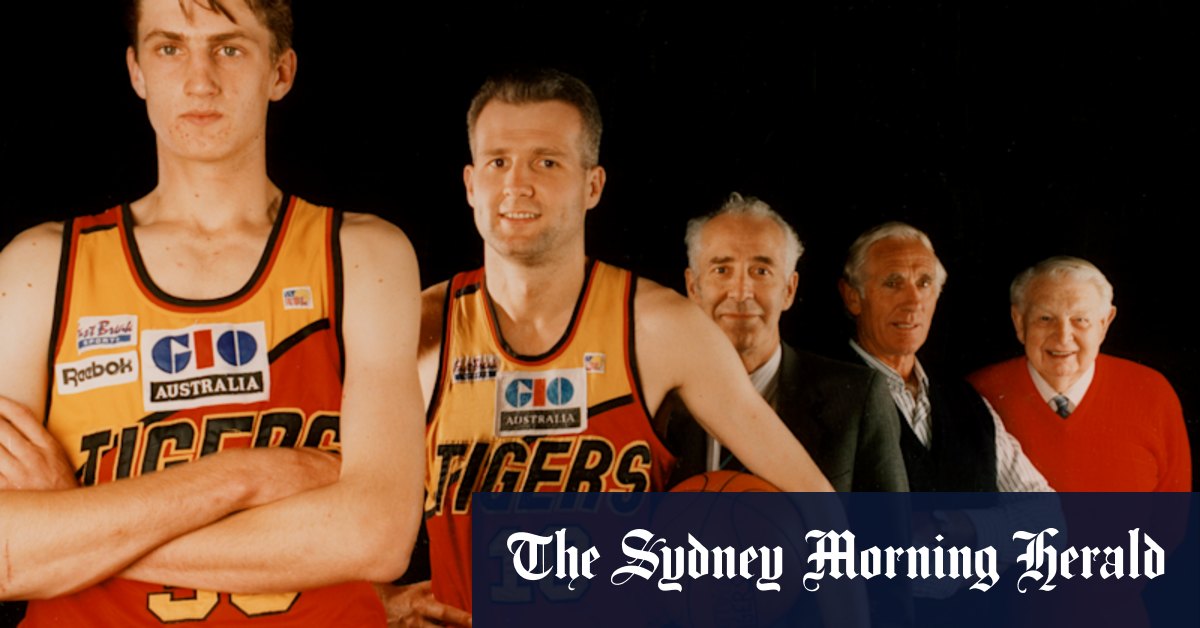
He was a seven-time NBL most valuable player (the trophy is named in his honour), and 14-time scoring champion, winning championships in 1993 and 1997. He was a first-team All-NBL player for a record 15 straight seasons, and averaged a phenomenal 30.8 points per game through a stunning career. Gaze led the Boomers to five Olympics, and was the flag bearer and overall team captain at the 2000 Sydney Games. The award for the best Australian international player of the year is the Gaze Medal. In 2013, he joined his father Lindsay, the godfather of Australian basketball, in the FIBA Hall of Fame. All this from a boy who literally grew up at the old Albert Park Basketball Stadium, where Lindsay was the general manager and the family lived in the attached residence. Gaze fell just short of an Olympic medal. The Boomers finished fourth three times (1988, ’96 and 2000) during his time. The bronze medal loss to Lithuania at the Atlanta Games in ’96, when star centre Arvydas Sabonis nailed two big three pointers, still hurts. Had the Australians had Luc Longley available through the tournament – the towering centre had been asked by the Chicago Bulls to have ankle surgery – a maiden men’s basketball medal may have been within reach.“Those moments are of what-ifs, or if only had he [Sabonis] missed a couple of those, it might have been a different outcome,” Gaze said. Those were the days: Melbourne Tigers’ greats Mark Bradtke, Andrew Gaze and Lanard Copeland. Credit: Fairfax Photographic The teary emotions Gaze had on national television when that drought was finally broken at the 2021 Olympics in Tokyo highlighted how much the Boomers still mean to him, a legacy of growing up around the team when his father was coach. “The thing that sticks out the most for me, I cast back to when I was a youngster, and the Australian team, the values around the team, and playing for Australia, and competing at the Olympic Games, and the spirit of the games, they were instilled in me because of my dad and, because of that, all my dreams as a youngster were Australian team and Olympic centric,” Gaze said. “Unlike today, where you can just jump on your phone, or watch it on television, access to college basketball, NBA, European basketball was basically non-existent.”Gaze remains arguably the greatest shooter this country has produced, his classical technique making him and Brazilian great Oscar Schmidt as feared as any US star when it came to the Olympics, where Schmidt and Gaze still sit one and two for most career points, and the world championships. Loading In the late 1980s, The Age ran weekly sketches of instructional training and technique advice from Gaze, who remembers these fondly. It was an idea ahead of its time, this type of information now the domain of social media and the innumerable so-called basketball experts the sport breeds. Gaze’s one season with US college Seton Hall University in 1988-89, when the Pirates had a Cinderella run to the NCAA final, losing in overtime to the Michigan Wolverines, with Gaze starting in all games, sparked live coverage of the games in Australia, and extensive media exposure. He narrowly missed an NBA contract with the Seattle Supersonics. He was a pioneer in playing professionally in Europe, and his time in the NBA initially came with a stint with the then Washington Bullets in 1994. There was another with the 1998-99 San Antonio Spurs, but he did not suit up as a member of the actual playing squad through the play-offs en route to their title. Still, he received a championship ring. His perimeter shooting, and ability to space the floor, would have been ideal in the modern game.“I had my opportunities, I got a taste of it, but there were some ... decisions that I made during that period of time, if I had thrown myself out there a bit more, perhaps been a bit more aggressive at exploring opportunities, things might have been different, but not different enough that I have any regrets,” Gaze said. Gaze coached in the NBL with the Sydney Kings from 2016-19, and revealed a desire to still coach at the top level in Australia, or abroad, potentially in Asia, where opportunities beckon. Cricketing great urges caution over privatisation bid Australian cricket great Belinda Clark has urged the sport’s authorities to retain a country-over-club mantra when it comes to debating privatisation of women’s Twenty20 cricket.A report by the Boston Consulting Group has listed alternative forms of investment and ownership, including privatisation, of the men’s and women’s Big Bash Leagues for Cricket Australia to consider in a bid to help strengthen the standing of the two competitions, and attract the extra funds needed to lure the world’s best players, particularly in the men’s league. CA, state associations and other key figures are debating the report, but Clark – a former senior CA executive and interim chief executive officer who on Monday was elevated to legend status in the Sport Australia Hall of Fame – said caution was required when it came to ensuring the women’s program, including its pathways, continued to grow. Great honour: Cricketing great Belinda Clark has been elevated to legend status in the Sport Australia Hall of Fame. Credit: Paul Harris “I think it [privatisation] is definitely worth exploring appropriately. Whether it’s privatised or not, I think the key issue for the sport is how it balances the international game and the domestic game. If you throw all that league cricket into the domestic bucket, it’s really challenging,” Clark said. “I think the women’s game has done a pretty good job so far of balancing those two things. I think the men’s game has a challenge on its hands, but I think it’s important that the lens we look through for both the men’s and women’s game is specific for them, and I think the women have the chance to get the balance right.Loading “The men are in a position where they are trying to balance it. It’s something that has got to be a bit of give and take, whereas the women aren’t at that point. It’s really important that we keep international cricket as the premier competition. “What that does is it allows you to grow the game globally, these domestic leagues won’t allow you to do that in the same way. You don’t get the opportunities unless you are at the top of the tree to be playing in the domestic comps. I feel a really strong sense that this game should have opportunities for everyone, that we do need international cricket at all of its levels to continue to expand and provide people with the chance to play.” Clark, 54, has played an instrumental role in the rise of women’s cricket, as a player, captain and administrator, who now runs her own leadership company. Already with a swag of honours, Clark has been bestowed another by the Sport Australia Hall of Fame, having been inducted in 2011 as an athlete member.Loading “I feel a mix of gratitude, humbleness, just amazed that it has all led to this,” Clark said. A superb leader and one of the finest batters of her generation, Clark was captain of the Australian women’s team for 11 years from 1993, and won World Cups in 1997 and 2005. She still retains the record for most runs (4844 at an average of 47.49) by an Australian woman in ODIs, ahead of Karen Rolton and Meg Lanning, and has captained the most matches (101) with an 83 per cent winning record. She was the first woman to score a double century in a one-day international. “I am really proud the sport has moved along to where there is so much cricket going on now, both ODIs and T20s in particular. Which is why it lends itself to becoming a professional sport, because you are playing a lot,” Clark said.Clark was the first woman inducted into the Australian Cricket Hall of Fame and the second in the ICC Cricket Hall of Fame. In 2023, a statue of Clark was unveiled outside the members’ entrance to the Sydney Cricket Ground. “I often get people sending me pictures of them with it, and I just love it. That’s fun and I enjoy that,” Clark said. Her legend status in the Sport Australia Hall of Fame caps a remarkable journey for a woman who grew up in Newcastle where her father, Allan, was an excellent local cricketer, while mother Margaret was a state tennis champion. Clark dreamt of winning Wimbledon, and idolised John McEnroe and Martina Navratilova. “I still take an interest. I think tennis is a great sport, particularly as a kid, it teaches you tactics, it teaches you movement, it teaches you to be self-reliant, there is no one out there with you … you are umpiring yourselves, so there is an element of being able to call a game yourself,” Clark said.“I really loved the game, but it just got to a point where cricket became a passion, it became the sport I loved the most.” Clark turned to cricket at 13 when at Newcastle High School, and later played district cricket in Sydney for Gordon. She debuted for Australia in an ODI in 1991, and a fortnight later posted a century on Test debut against India at North Sydney Oval. Clark was made Australian captain in 1993 after a disappointing World Cup sparked change. She was a key figure in the World Cup win in India in ’97, top-scoring with 52 in a low-scoring final against New Zealand. Her 970 runs that year remains a calendar year ODI record in the women’s game. There was more World Cup glory in 2005, when the Australians edged India in the final. Clark retired later that year, her 15 Tests reaping 919 runs at 45.95. So great has contribution been to the sport that the Australian women’s international player of the year is awarded the Belinda Clark Medal, as is the NSW Breakers’ player of the year in the women’s national cricket league.

